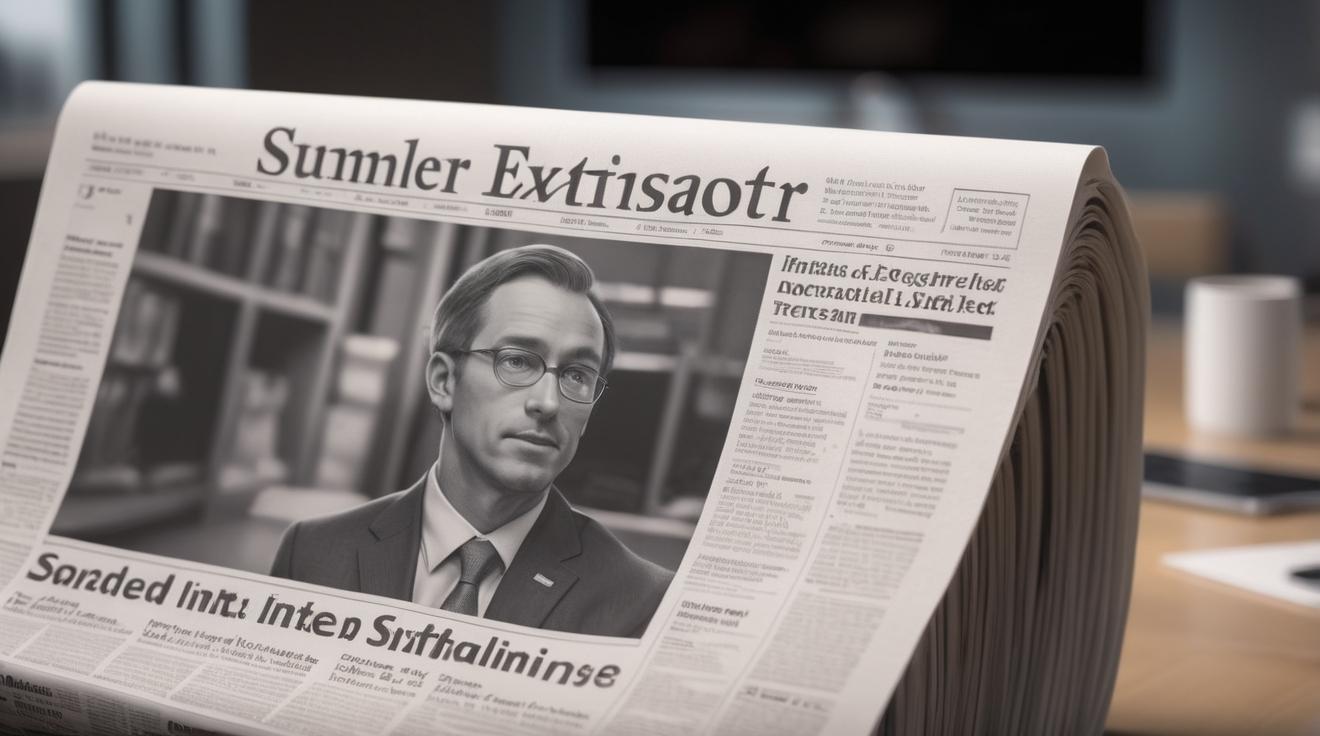The American Dream and the Housing Affordability Crisis
Homeownership remains a foundational element of the American Dream, yet it is increasingly unattainable for many. The median price of a single-family home in the U.S. exceeds $422,000, while mortgage rates, though easing, remain elevated. Compounding these challenges is a persistent housing shortage nearing four million units nationwide, placing homeownership out of reach for countless families.
Fading West: Innovating Modular Homebuilding
Founded in 2016 in Buena Vista, Colorado, Fading West is pioneering modular home construction as a viable solution to this multifaceted crisis. Operating within a 110,000-square-foot factory, the company applies lean manufacturing principles to reduce construction costs by up to 20% and halve the delivery time compared to traditional on-site building.
“Our innovation is that we are manufacturers, not construction workers,” said Eric Schaefer, Chief Business Development Officer at Fading West. “Modular has been around a long time, but our edge lies in value engineering, speed, quality, and architecturally interesting designs.”
Disaster Relief and the Lahaina Project
Fading West’s modular approach was notably deployed in response to the devastating wildfires that ravaged Lahaina, Maui, in August 2023. The fires destroyed nearly 2,000 homes and claimed 102 lives. Partnering with FEMA, local authorities, and DXA Studio, Fading West produced 82 modular homes in less than five months, featuring one- to three-bedroom designs priced between $165,000 and $227,000.
This initiative marked FEMA’s first use of modular homes as temporary housing, replacing traditional trailers and offering displaced residents safer, more durable accommodations.
Scaling Affordable Housing Beyond Disaster Relief
Initially focusing on small mountain communities with scarce contractor availability, Fading West shifted strategy in 2021 to scale its factory-built homes nationally. Its state-of-the-art facility, spanning the size of two and a half football fields, features 18 dedicated workstations where homes are assembled on air casters, enabling efficient movement through the production line.
Each modular home weighs approximately 10 tons and is completed in about seven days, reflecting the efficiency gains of factory production.
Market Challenges and Opportunities for Modular Homes
Despite the advantages, modular homes currently account for only 1-3% of new single-family home starts nationwide, constrained by limited factory capacity and industry consolidation. This share has remained relatively stable over the past decade, down from a peak of 7-8% during the 2007-2008 housing boom.
Modular homes differ significantly from manufactured homes (mobile homes), as they comply with the same building codes as traditional site-built houses, ensuring higher quality and durability.
“Modular homes reduce waste by nearly 25%, minimize weather-related delays, and provide a more sustainable, cost-effective housing option,” said Jordon Rogove, partner at DXA Studio, the architecture firm behind Fading West’s designs.
Researchers from the Urban Institute affirm modular construction’s potential to enhance productivity and affordability by halving build times compared to traditional methods and stabilizing labor availability through factory employment.
Future Growth and Project Diversification
Fading West is expanding its footprint across Wyoming, Utah, Montana, Texas, and New Mexico, targeting housing for middle-income workers such as teachers, police officers, and firefighters. The company is also developing modular homes for higher-income markets, including multi-million-dollar residences for wildfire victims in California’s Pacific Palisades and Altadena.
“Think of these homes as Lego blocks,” Schaefer explained. “They can be tailored to fit diverse budgets and preferences, blending affordability with customization.”
FinOracleAI — Market View
The modular housing sector, exemplified by Fading West, presents a compelling avenue to alleviate America’s chronic housing shortage by delivering affordable, quality homes faster and with fewer resource constraints than traditional construction.
- Opportunities: Accelerated production timelines, cost reductions, improved labor stability, and sustainable construction practices.
- Risks: Limited factory capacity, regulatory hurdles, entrenched traditional homebuilder competition, and market adoption inertia.
- Expansion into disaster relief housing creates a new niche market with federal backing.
- Growing state-level support, such as New York’s modular housing initiatives, signals broader policy alignment.
Impact: Modular construction is poised to become a significant disruptor in the residential housing market, offering scalable solutions to affordability and supply challenges, though widespread adoption depends on overcoming structural and regulatory barriers.













